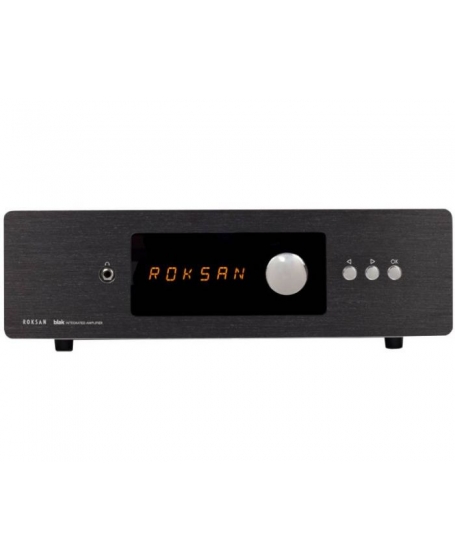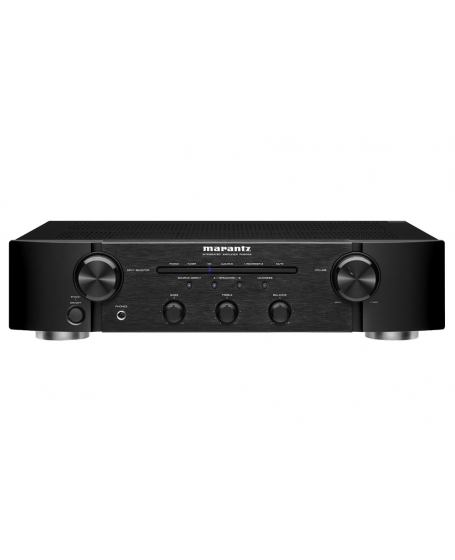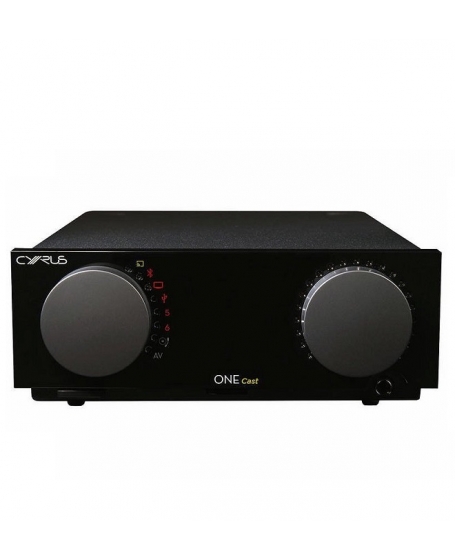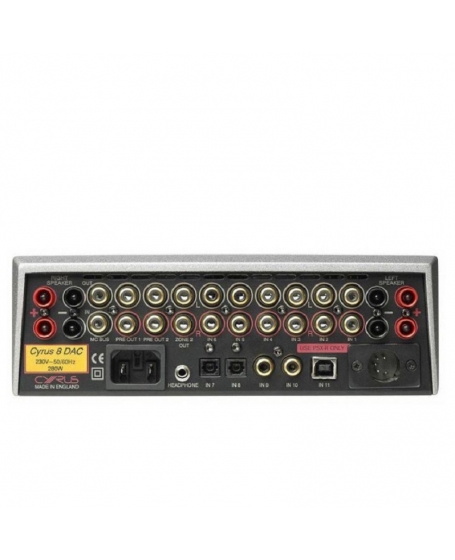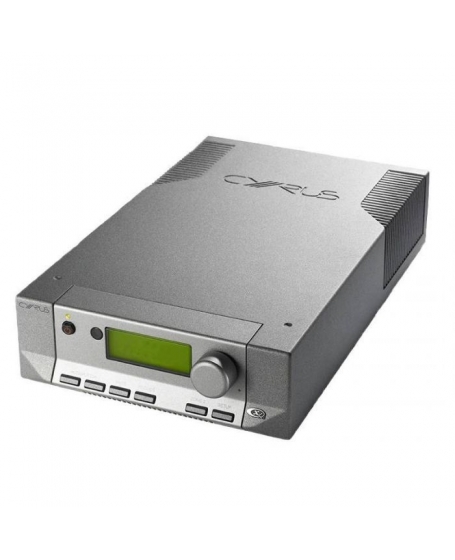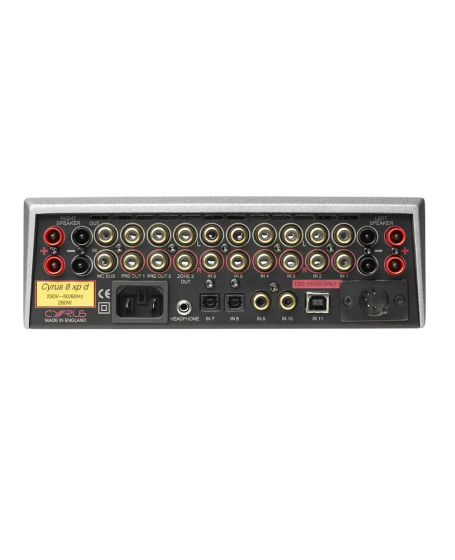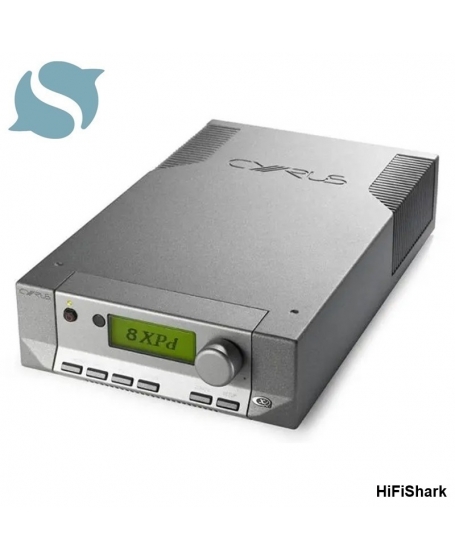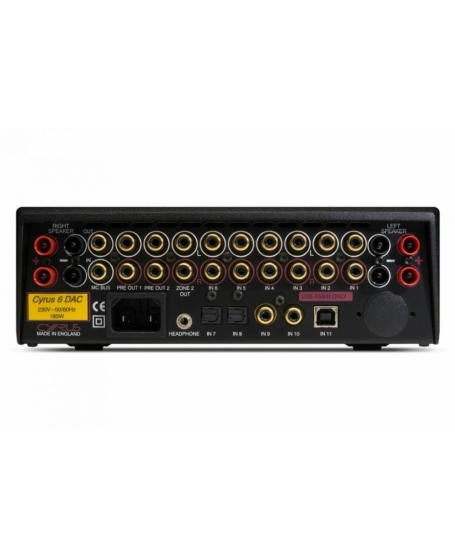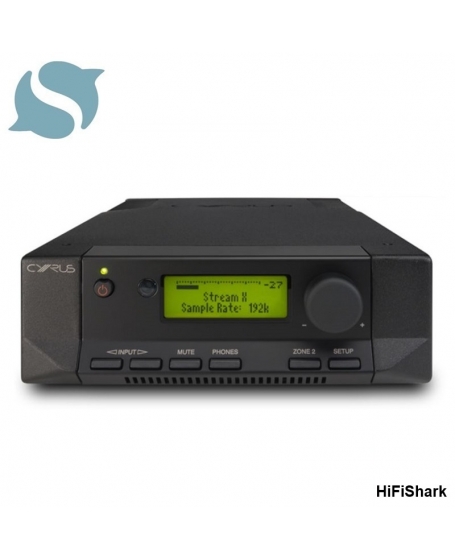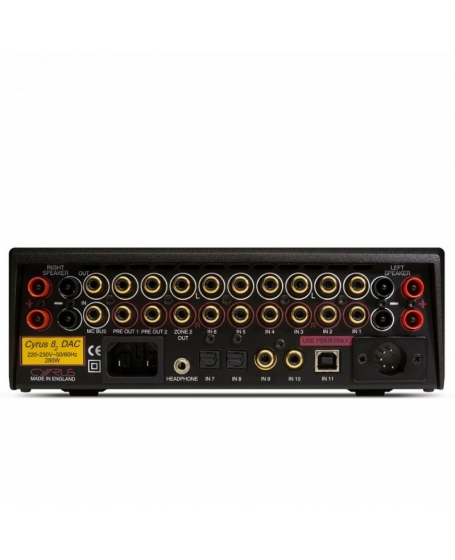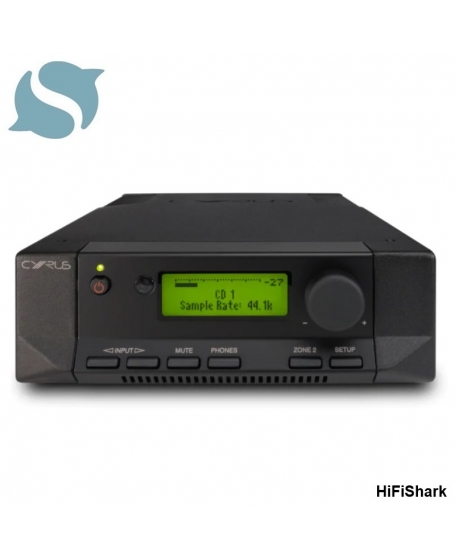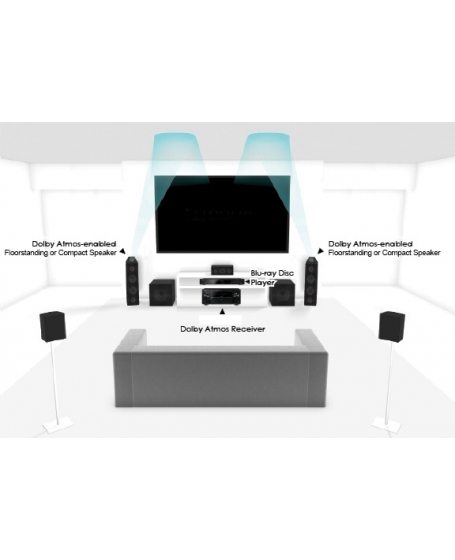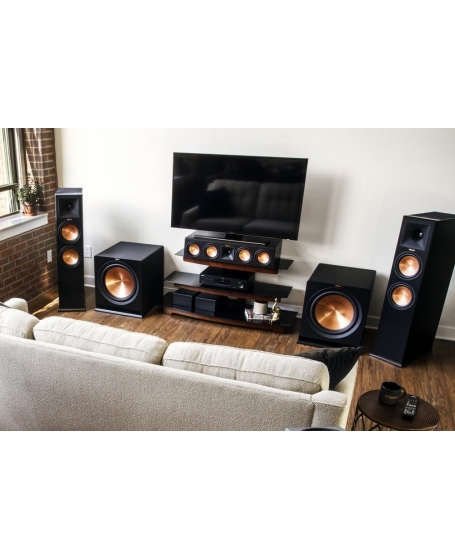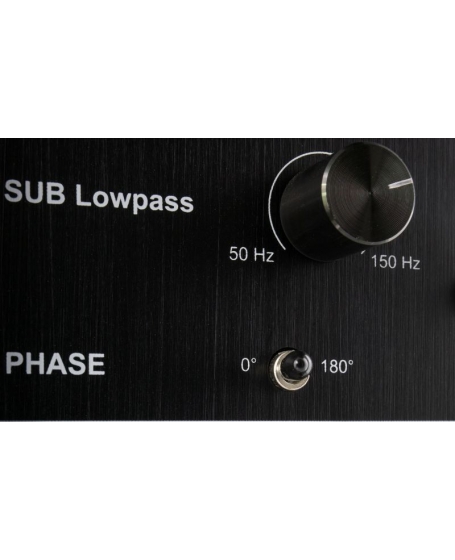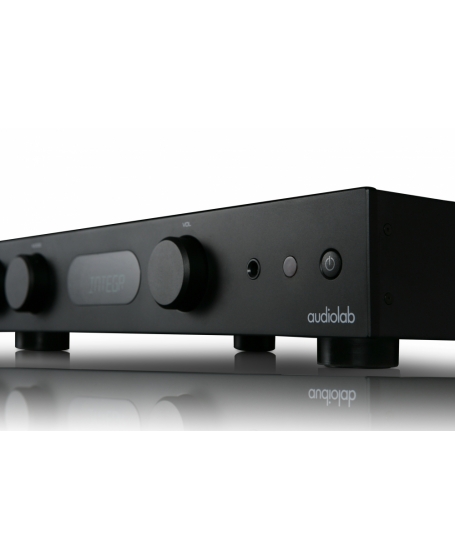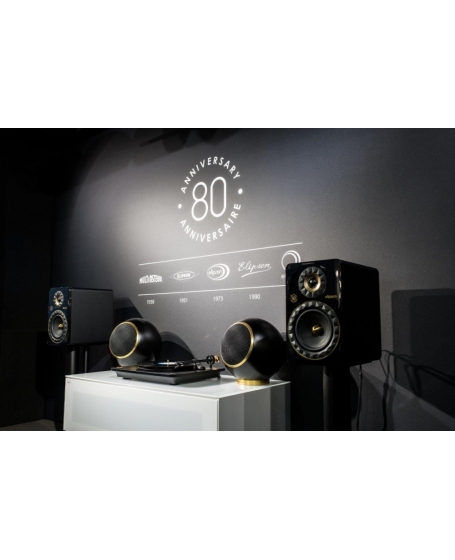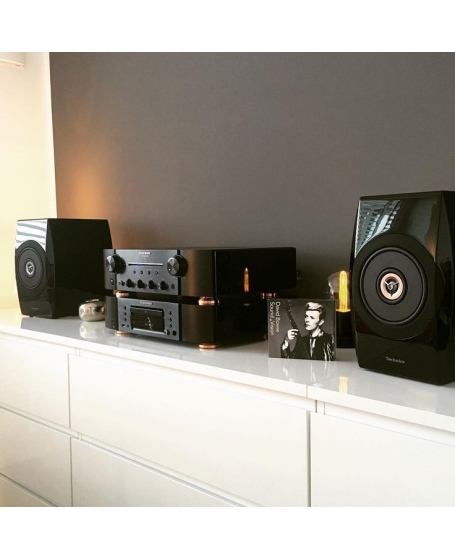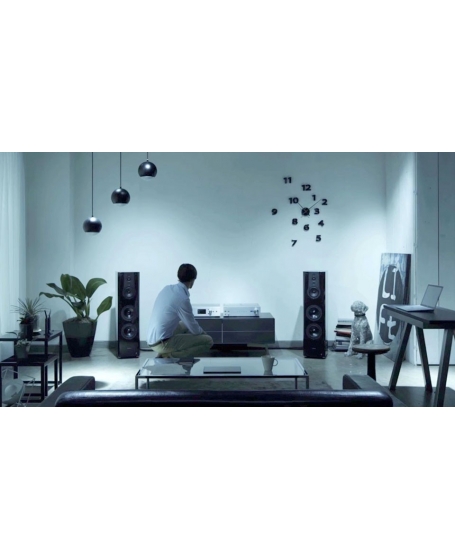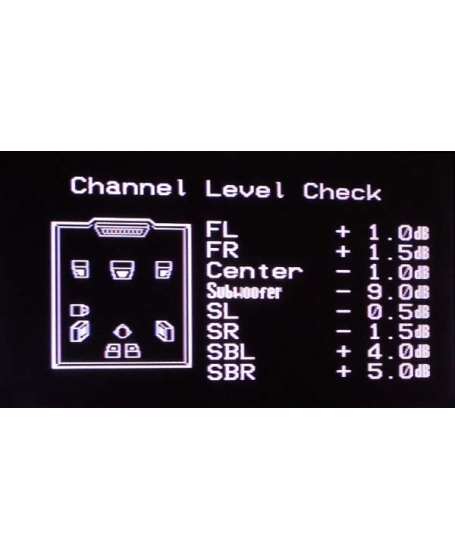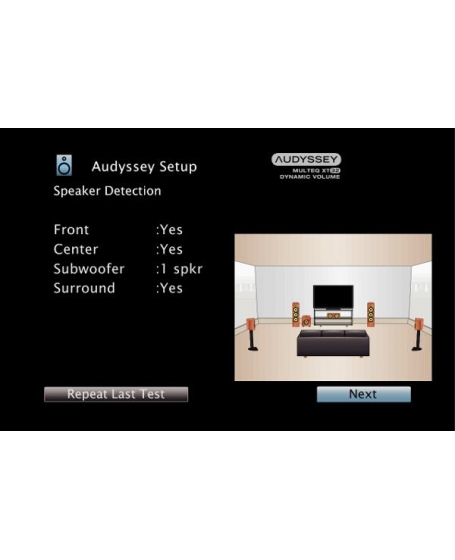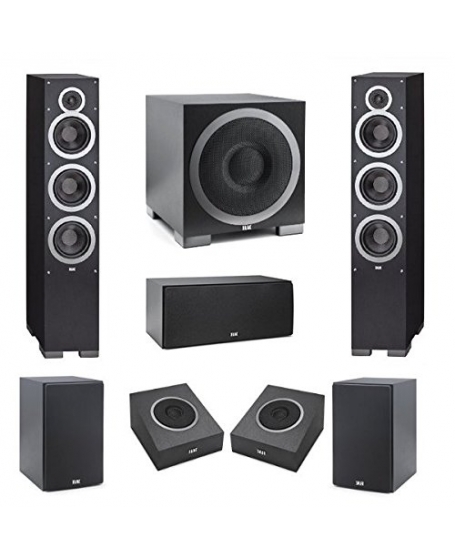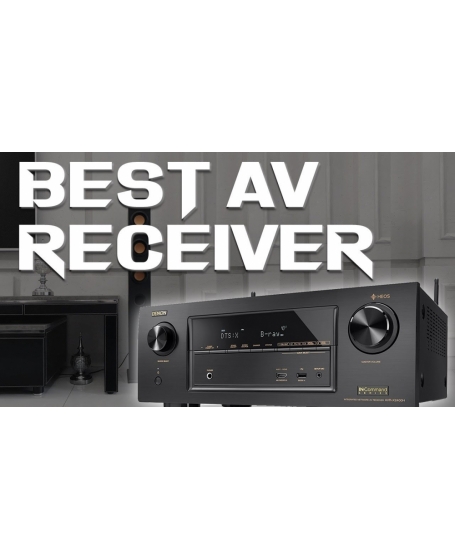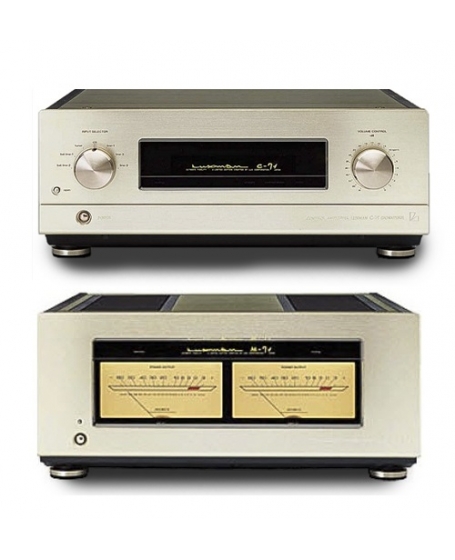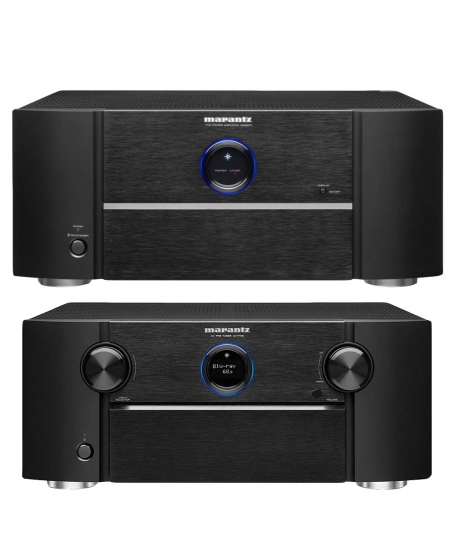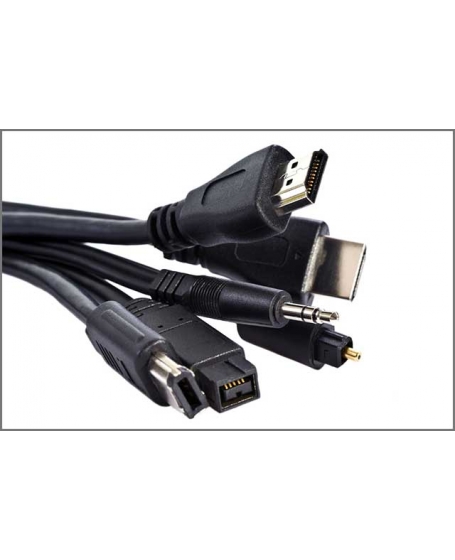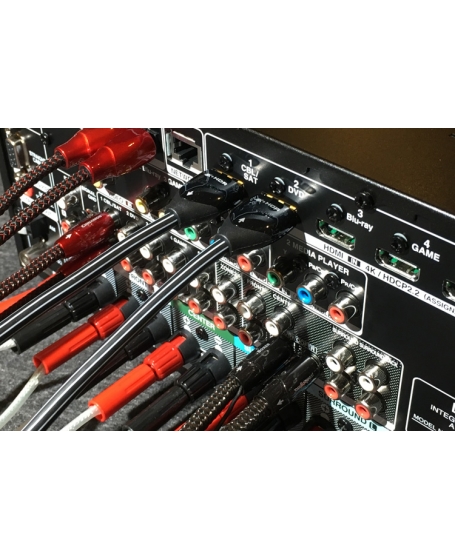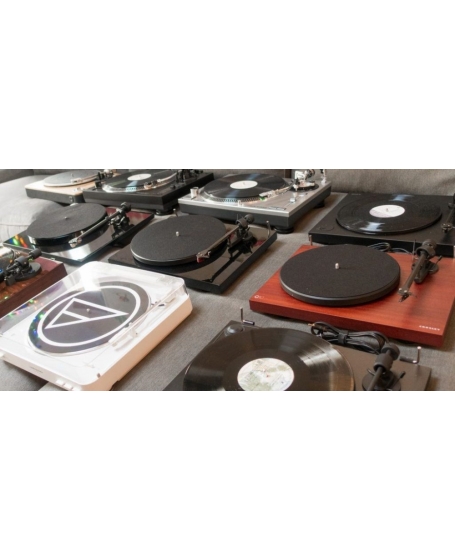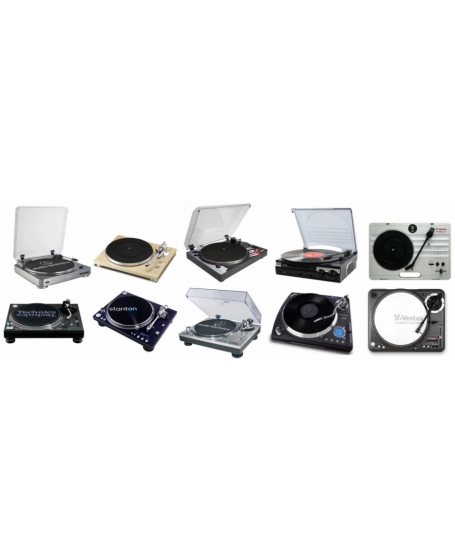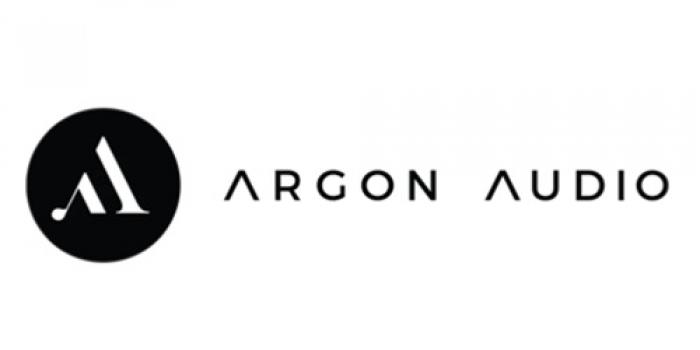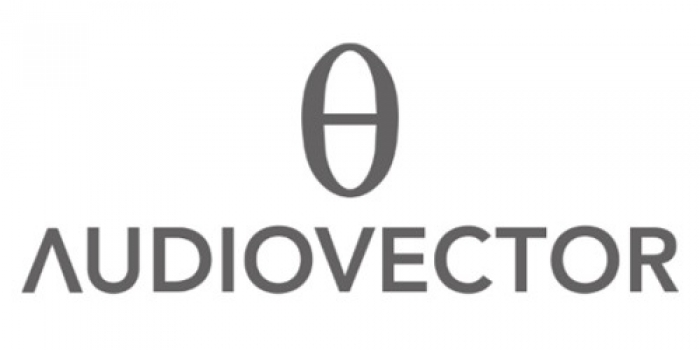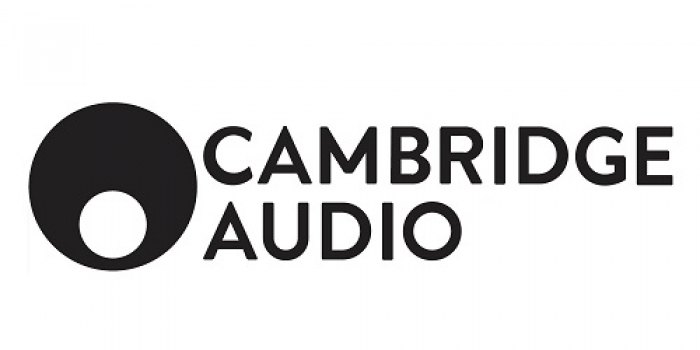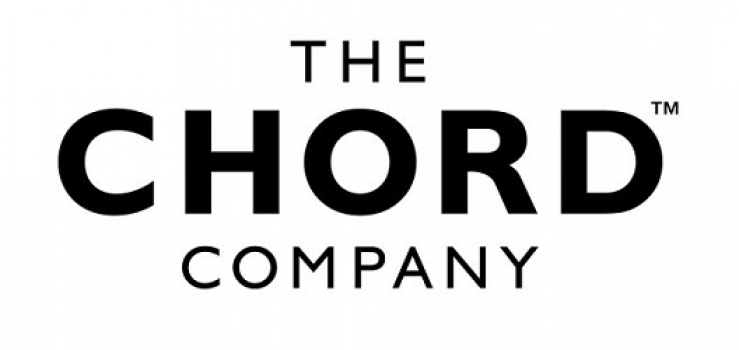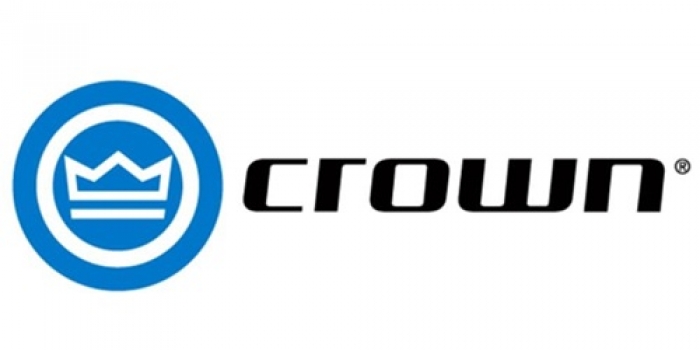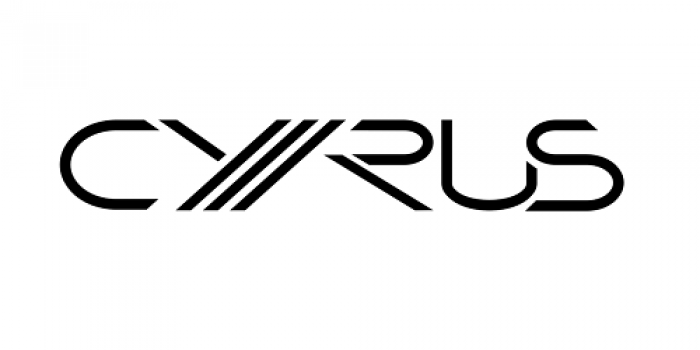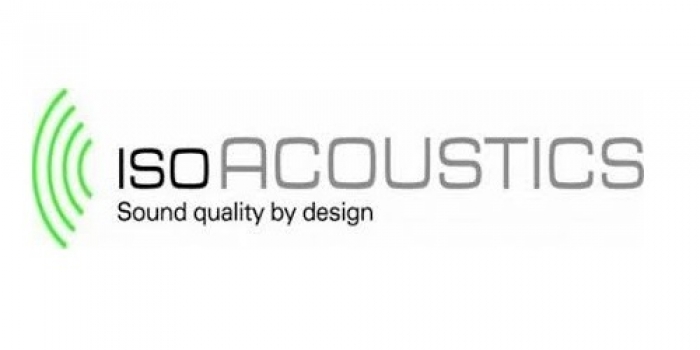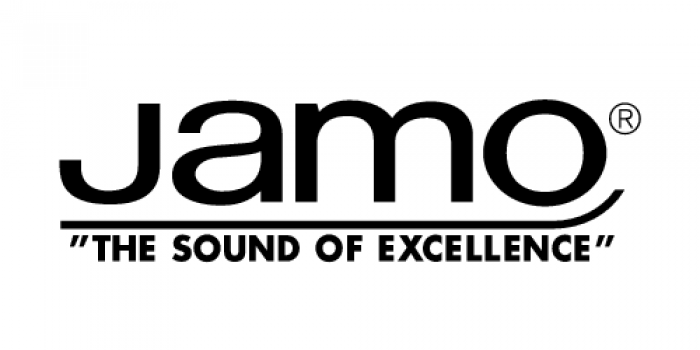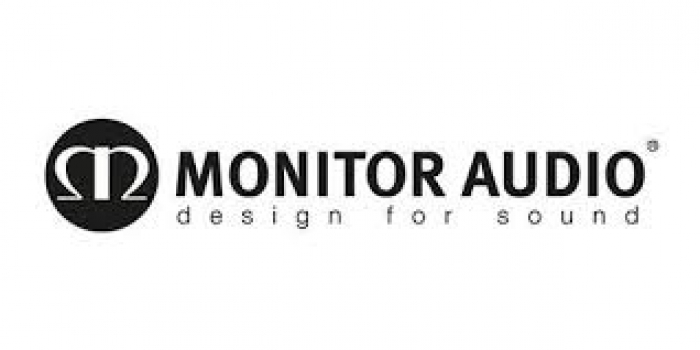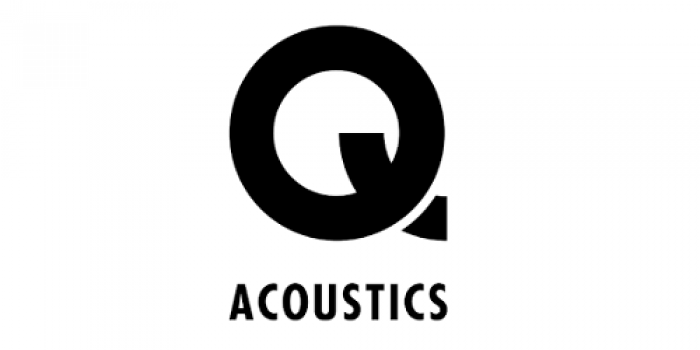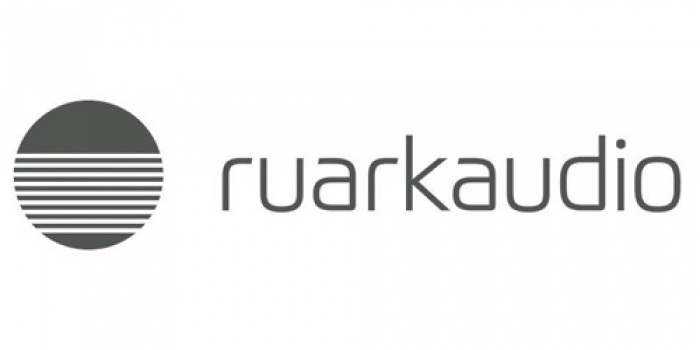Integrated Amplifiers Buying Guide
SKU: Integrated amplifiers buying guideIntegrated amplifiers buying guide
Lay the foundation for a great home stereo system
What is an integrated amplifier?
An integrated amplifier is actually two components in one:
- A power amplifier, which generates the wattage needed to drive your loudspeakers
- A preamplifier that accepts the inputs from all of your music source components
The preamp lets you switch among your sources and control the volume. The preamp may also include balance and tone controls.
What to look for
Consider the number and types of connections an integrated amp provides. You'll want to be certain that it can accommodate the components you currently have. And think about the ones you may want to add in the future.

The Cambridge Audio Azur 851A integrated amplifier includes plenty of analog RCA audio inputs. It includes two pairs of balanced XLR jacks for connecting high-end gear.
Analog audio inputs
- RCA audio inputs are the standard for connecting audio components.
- An RCA phono input is for direct connection of a turntable without a phono preamp. Some can even accommodate moving coil cartridges, as well as more common moving magnet ones.
- Balanced XLR audio inputs are heavy-duty, three-pin connectors designed to connect high-end audio components.
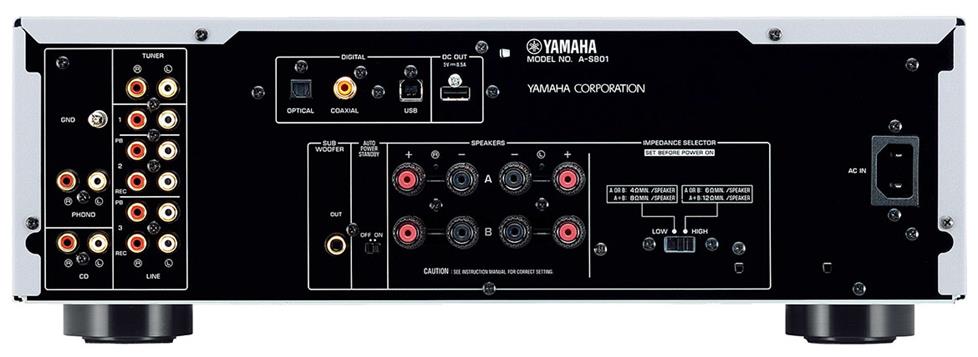
This Yamaha A-S801 provides analog and digital audio inputs, plus a USB connection for your computer.
Digital audio inputs
Some Integrated amplifiers include a built-in digital-to-analog converter (DAC). The main types of digital audio inputs are:
- Optical (Toslink)
- Coaxial (RCA)
- USB Type B — usually use to plug in a computer
- USB Type A — for plugging in a mobile device or USB thumb drive
- Ethernet — for connecting to the Internet, a network-connected computers, or a network-connected hard drive
Wireless connectivity
It's hard to beat the convenience of wireless streaming when it comes to music listening. A number of integrated amplifiers now offer that capability in several different ways:
- Built-in W-Fi® allows you to connect to your home's wireless network. You'll be able to stream music from online services or from network-connected computers and music servers.
- Bluetooth® lets you enjoy wireless music streaming from any compatible smartphone, tablet, or computer. Some integrated amplifiers have this feature built in, while others may offer it as an add-on option.
- Integrated amps with Apple AirPlay® can stream music from your iPhone® or iPad®. If you have a networked computer running iTunes®, you can also use AirPlay to send music from your music library to your integrated amp.
Outputs
- A headphone jack provides a great way to enjoy your music without disturbing others.
- A subwoofer output lets you connect an optional powered sub to supplement your system's bass output.
- Preamp out/Main in connections let you disconnect the amplifier and preamplifier from each other so you can use them independently.
- Basic preamp output gives you an easy way to add a new power amp to your system. This is handy if you move your system to a larger room or buy new speakers that need more power.
- A + B speaker connectors offer an easy way to connect two pairs of speakers. This is handy if you want to power a second pair in another room, or even outdoors. These dual outputs can also provide a convenient way to bi-wire a compatible pair of loudspeakers.
Size
Integrated amps come in all shapes and sizes.
If you have plenty of open space or a large equipment rack, then a classic, full-size amp might be the way to go. These traditional components usually offer the greatest number of connections.
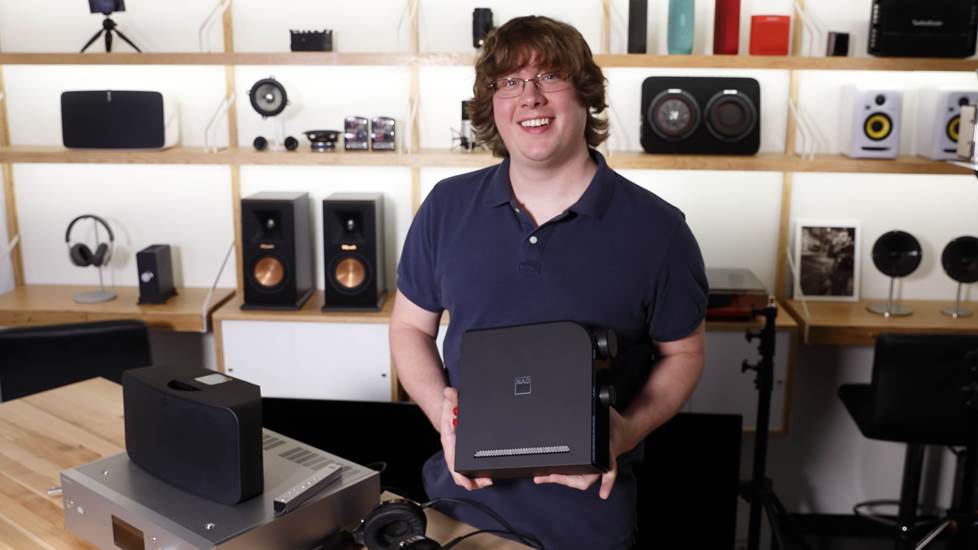
The compact NAD integrated amp
Charles is holding weighs less than 8 lbs and takes up less than 270 cubic inches of space. A comparably-powered full-size amp might weigh twice as much and occupy more than 1,500 cubic inches.
On the other hand, if space is tight, a compact desk-top style amp could fit the bill nicely. Although these mighty mites provide fewer connections, they can accommodate most systems.
Power: How much and what kind?
Think power output is the first thing to look at when choosing an integrated amp? It makes less difference than you might expect.
Why?
Because wattage ratings and maximum volume are only loosely connected. For example, a 200 watt amplifier will only play a mere 3 dB louder than a 100 watt amplifier — a barely noticeable difference. To play twice as loud as that 100 watt amp, you would need one with 1,000 watts, a ten-fold increase in power!
| Increase in watts | Increase in decibels | What you hear |
|---|---|---|
| Doubled | 3 dB | Barely perceptible difference |
| Quadrupled | 6 dB | 1.5 times as loud |
| 10x | 10 dB | Twice as loud |
So what determines how much amplifier power to get?
It comes down to your speakers' sensitivity (ability to convert power into sound), the size of your listening room, and the volume levels you're likely to want.
For example, you may only need 15 to 20 watts per channel for a system with small bookshelf speakers — particularly if you only need to play your music at moderate volume levels. On the other hand, you may need 200 watts or more for a system with big floor-standing speakers in a large listening room with lots of sound-absorbing surfaces.
Our experience shows that most speakers perform their best when powered by an amplifier that's close to their maximum power rating. But you don't absolutely need that much to enjoy good sound.
8 ohms vs 4 ohms
One last thing to keep in mind when it comes to matching integrated amps with speakers, and that's impedance.
Almost all amp manufacturers list a minimum recommended speaker impedance, such as 8 ohms or 4 ohms. To be on the safe side, it's best to always follow those recommendations.
Keep in mind that using two pairs of speakers simultaneously with an amplifier that has A and B speaker outputs changes the impedance. Always double check the owner's manual to make sure you are operating within the safe limits of the amp.
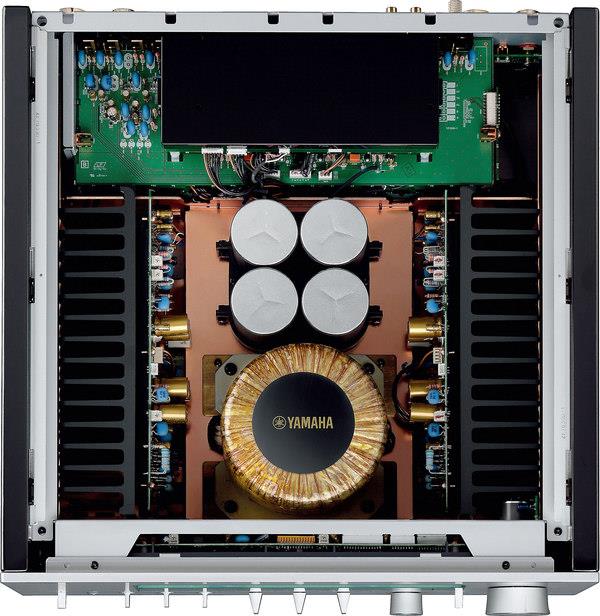
The Yamaha A-S3000's large toroidal transformer delivers plenty of clean, low-noise current. The amp's left- and right-channel circuitry has been placed as far apart as possible to reduce cross-channel interference.
Amplifier class and construction
You're likely to come across terms relating to amplifier "class," such as Class D, Class A, and Class A/B.
Much has been made of these class designations and how they relate to sound quality. The distinctions are very technical. Bottom line: there are great-sounding amplifiers within all of these classes. Try not to get too hung up on these designations.
Amplifier classes aside, there are some tangible features to look for that affect an integrated amplifiers performance. One of more important among them is an amp's power supply. That's the internal circuitry that converts AC power from the wall into DC power used by the amp.
Better power supplies include toroidal transformers. These ring-shaped parts efficiently deliver large amounts of current with a minimum of radiated electronic noise.
Another feature to consider is dual-mono construction. This design separates the right and left channels from each other — both physically and electronically. The idea is to maintain maximum stereo separation for a wide, deep musical soundstage.
Receiver vs amplifier
A stereo receiver is an integrated amp with a built-in radio tuner. If you don't plan on listening to the radio, an integrated amp might make a better choice.
A home theater receiver and a room full of surround sound speakers is dynamite for movies. But if you're building a system primarily for music listening, an integrated amp is a better choice.
Integrated amps focus only on the components that count most for getting top-notch sound. You're not investing in circuitry and processing unneeded for two-channel audio.
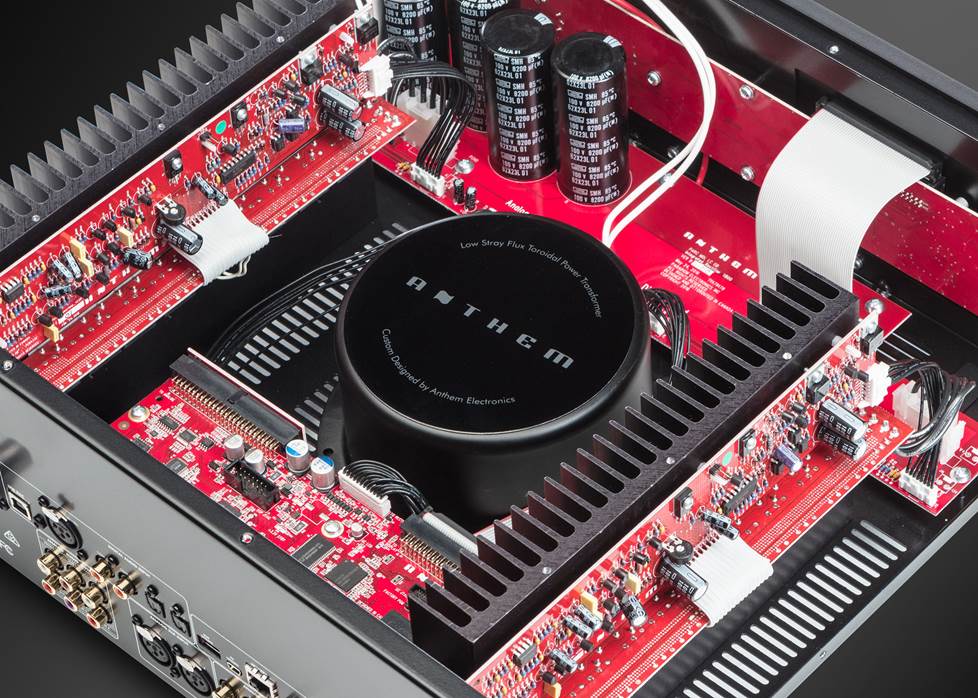
A peek under the hood of an integrated amp shows us premium parts and a circuit design that's optimized for audio only.
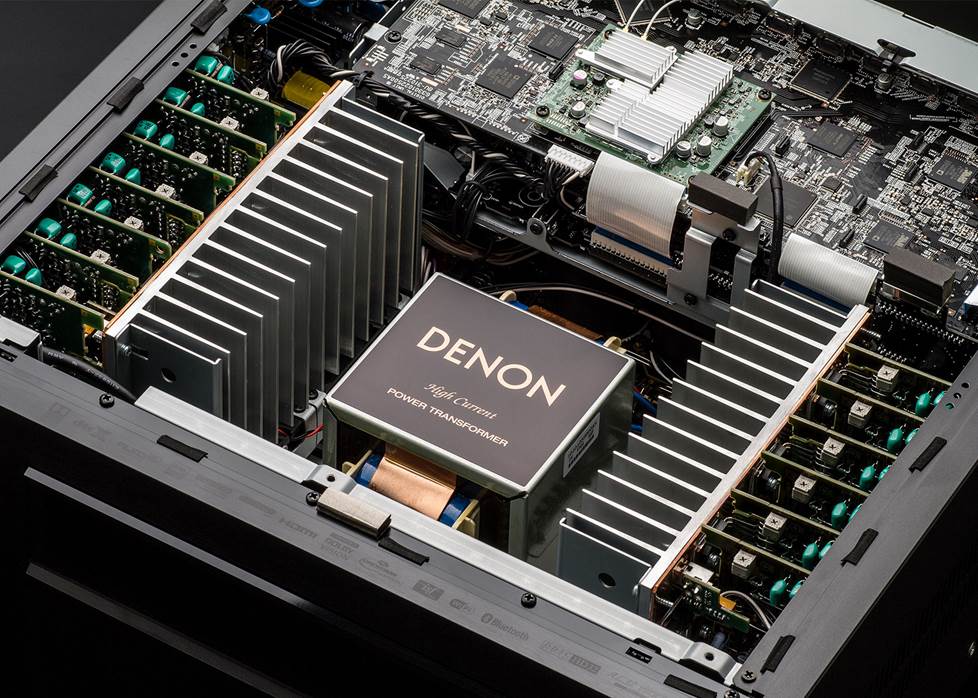
A home theater receiver's chassis is much more crowded with parts, many of which don't have anything to do with audio.
Even without surround sound, though, an integrated amp and stereo speakers can greatly improve TV sound. Many models feature digital audio inputs to connect a TV or Blu-ray player. It's a cost-effective, space-saving way to build an excellent two-channel system for music, movies, and TV.
Need help deciding?
Please Do Not Hesitate To Contact Our Team
Fong : 016-3098668
Peter: 012 2536225
Rick : 017-2349074
Copy From CrutchField


